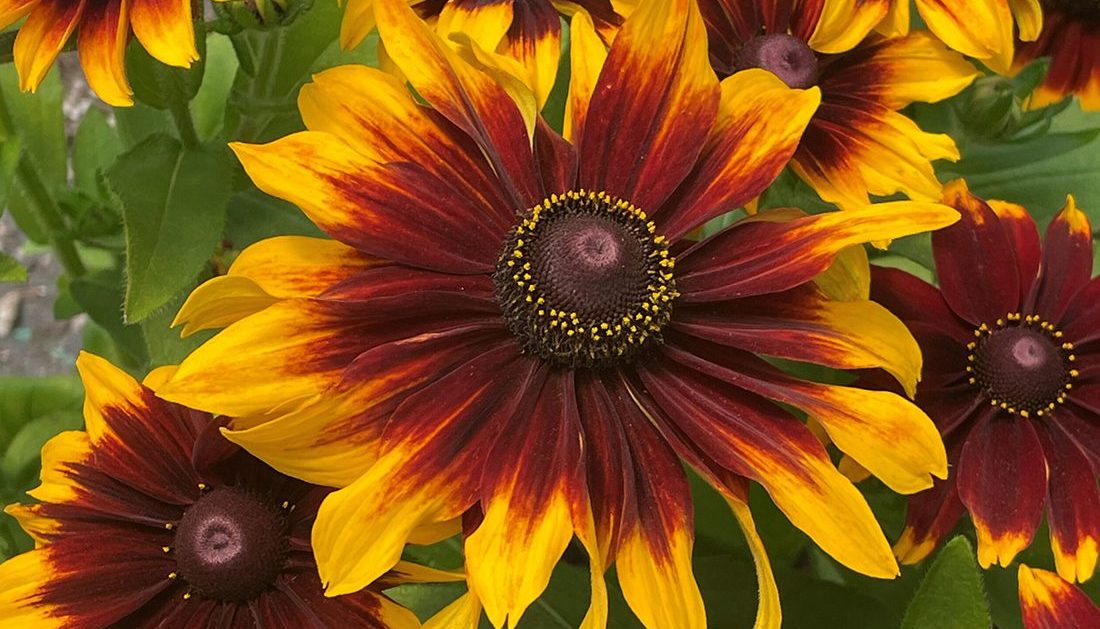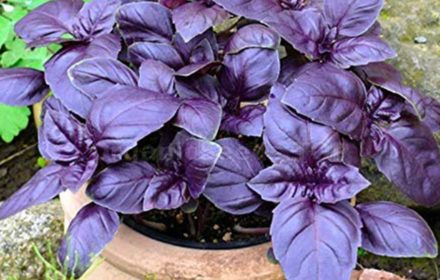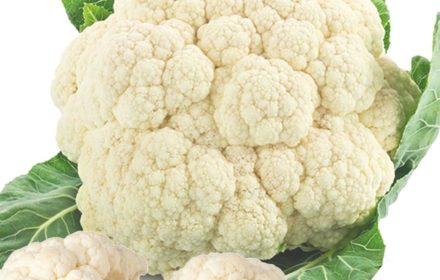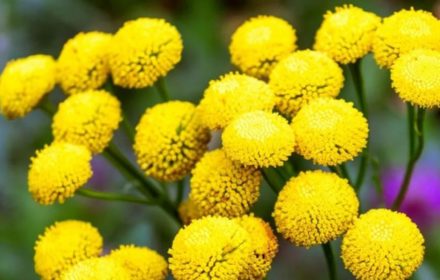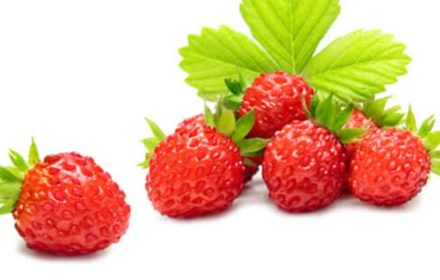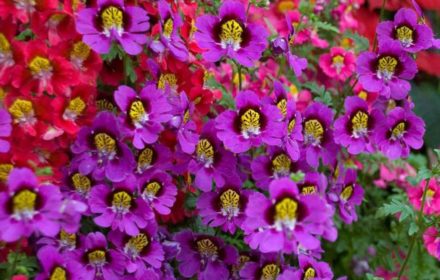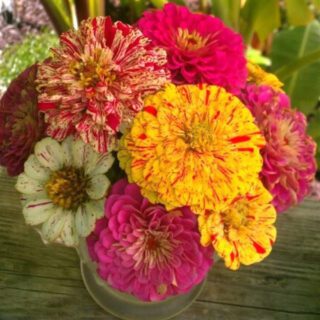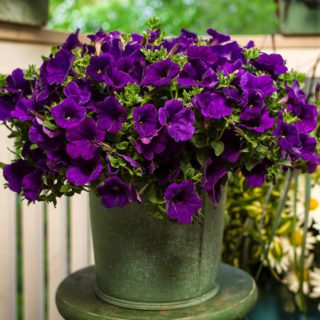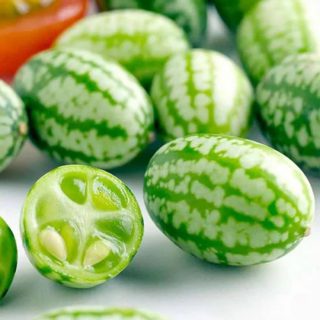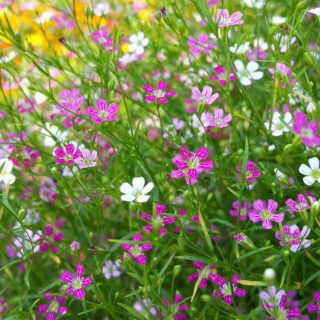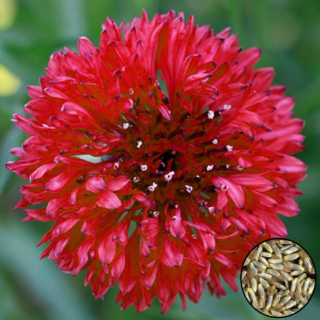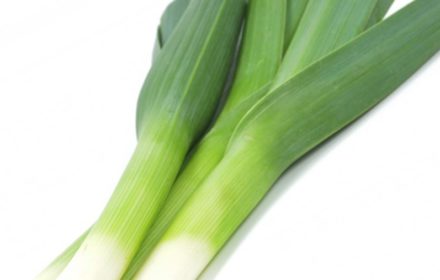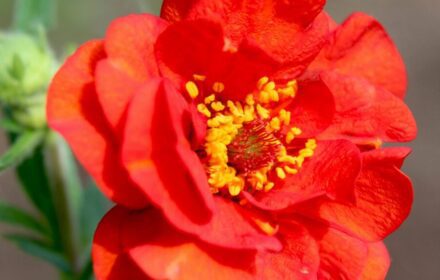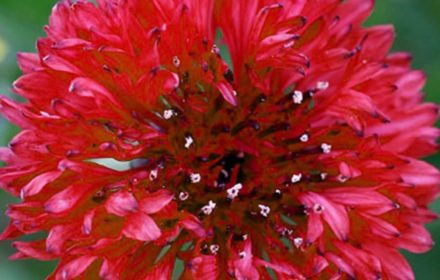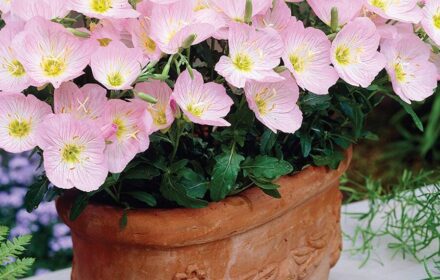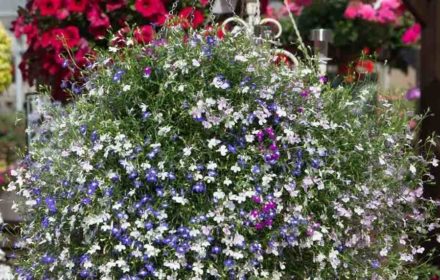How to Grow Double Daisy Autumn Rudbeckia from Seeds
Rudbeckia hirta, commonly known as Double Gloriosa Daisy or Autumn Rudbeckia, is a showy, bi-coloured flower that adds stunning visual appeal to borders, beds, containers, and pots. With deep red petals fading into bright yellow tips and a chocolate-brown centre, these blooms can grow up to 12 cm (5 inches) wide. Their tall stems, reaching up to 60 cm (2 feet), make them ideal for cut flower arrangements. This versatile, easy-to-grow annual flowers throughout the summer into late autumn, providing continuous colour in the garden. Rudbeckia is native to North America but thrives in UK gardens, making it a popular choice for both novice and experienced gardeners.
When and Where to Sow Rudbeckia Seeds
- Indoor Sowing: For best results, start seeds indoors in late winter to early spring (February to April). This gives the plants a head start before transplanting them outdoors. Indoor sowing is especially beneficial in areas with unpredictable spring weather.
- Outdoor Sowing: If you prefer to direct sow outdoors, wait until after the last frost has passed (May to June). Rudbeckia prefers warm soil and will thrive once the outdoor temperature is consistently above 15°C (59°F).
Ideal Growing Conditions for Rudbeckia
- Soil Requirements: Rudbeckia grows best in well-drained, fertile soil. A free-draining compost mixed with organic matter, such as compost or leaf mould, will provide the nutrients and aeration needed for healthy growth. If growing in containers, use high-quality seed compost.
- Sunlight: Place in a location that receives full sunlight for at least 6 hours per day. Rudbeckia performs best in sunny spots, though it can tolerate partial shade.
- Temperature: Ideal germination temperatures range between 18-20°C (64-68°F). Keep seedlings in a warm, bright spot indoors or in a greenhouse until they are ready to be transplanted outside.
How to Sow Rudbeckia Seeds Indoors
- Sowing in Pots or Trays: Fill seed trays or small pots with fine seed compost. Press the Rudbeckia seeds lightly into the surface, then cover with a thin layer of vermiculite or compost, no more than 3 mm deep, as the seeds require light for germination.
- Germination Conditions: Place the trays in a bright, warm location, such as a windowsill or greenhouse. Maintain a temperature of around 20°C (68°F) for the best germination rates. Rudbeckia seeds typically germinate within 10-15 days under optimal conditions.
- Watering: Keep the compost moist but not waterlogged. A free-draining compost will help reduce the risk of overwatering. Covering the trays with clear plastic can help retain moisture but ensure adequate ventilation to prevent mould.
- Transplanting Seedlings: Once the seedlings reach a height of 5-7 cm (2-3 inches) and have developed a few sets of true leaves, they are ready to be transplanted. Gradually harden off the seedlings by placing them outside for a few hours each day to acclimatise them to outdoor conditions.
How to Sow Rudbeckia Seeds Outdoors
- Preparing the Soil: Choose a sunny, well-drained spot in your garden. Loosen the soil to a depth of 15 cm (6 inches) and mix in compost or well-rotted manure to improve fertility and drainage.
- Sowing Depth and Spacing: Direct sow the seeds outdoors after the last frost has passed. Scatter the seeds on the surface of the soil, pressing them in lightly without covering them fully, as they need light to germinate. Space plants about 30-45 cm (12-18 inches) apart to allow for their bushy growth.
- Watering: Water the soil gently after sowing to ensure the seeds are well-settled. Keep the soil consistently moist during the germination period, which typically takes 10-15 days.
- Thinning: Once seedlings are established, thin them to ensure they have enough space to develop strong, healthy stems.
Caring for Rudbeckia Plants
- Watering: Rudbeckia plants prefer evenly moist soil, so water regularly, especially during dry periods. Avoid waterlogging, as this can lead to root rot. Once established, the plants are relatively drought-tolerant.
- Feeding: Rudbeckia generally does not require heavy feeding. If grown in poor soil, apply a balanced fertiliser once during the growing season to support healthy growth and flowering.
- Deadheading: To encourage continuous blooming, remove spent flower heads regularly. Deadheading also helps maintain the plant’s appearance and extends the flowering period well into autumn.
- Support: As Rudbeckia grows tall, especially in windy areas, consider staking the plants to prevent them from toppling over. Tall varieties may benefit from being placed in a sheltered location.
Using Rudbeckia in the Garden
- Borders and Beds: Rudbeckia’s bright, bi-coloured flowers make them an eye-catching addition to borders and garden beds. Their upright growth habit complements shorter plants, creating a balanced, layered look.
- Containers and Pots: If space is limited, Rudbeckia grows well in containers and pots. Ensure the container has adequate drainage and place it in a sunny location for the best results.
- Cut Flowers: The long, sturdy stems make Rudbeckia perfect for cut flower arrangements. Harvest the flowers in the morning when they are most hydrated, and display them in a vase for long-lasting blooms indoors.
Common Issues and Tips for Growing Rudbeckia
- Overwatering: Rudbeckia can be sensitive to overwatering, especially during the germination and seedling stages. Ensure the soil is well-draining to prevent root rot and fungal issues.
- Pests: Rudbeckia is generally pest-resistant, but slugs and snails may target young seedlings. Protect them with organic slug pellets or copper tape if necessary.
- Fungal Diseases: Ensure good air circulation around the plants to prevent fungal diseases such as powdery mildew. Avoid overhead watering and water the base of the plants instead.
Common Questions About Growing Rudbeckia
- Can Rudbeckia tolerate shade? Rudbeckia prefers full sun but can tolerate partial shade. However, too much shade may result in fewer flowers and weaker growth.
- How long does Rudbeckia flower for? Rudbeckia blooms from mid-summer until late autumn, providing long-lasting colour in the garden. Regular deadheading will help extend the flowering period.
- Is Rudbeckia suitable for containers? Yes, Rudbeckia can be grown in containers. Ensure the container is large enough to accommodate the plant’s root system and has good drainage.
By following these steps, you can enjoy a beautiful display of Double Daisy Autumn Rudbeckia in your garden. Whether grown in pots, borders, or as cut flowers, these vibrant bi-coloured blooms will brighten up any outdoor space throughout the summer and autumn months.

